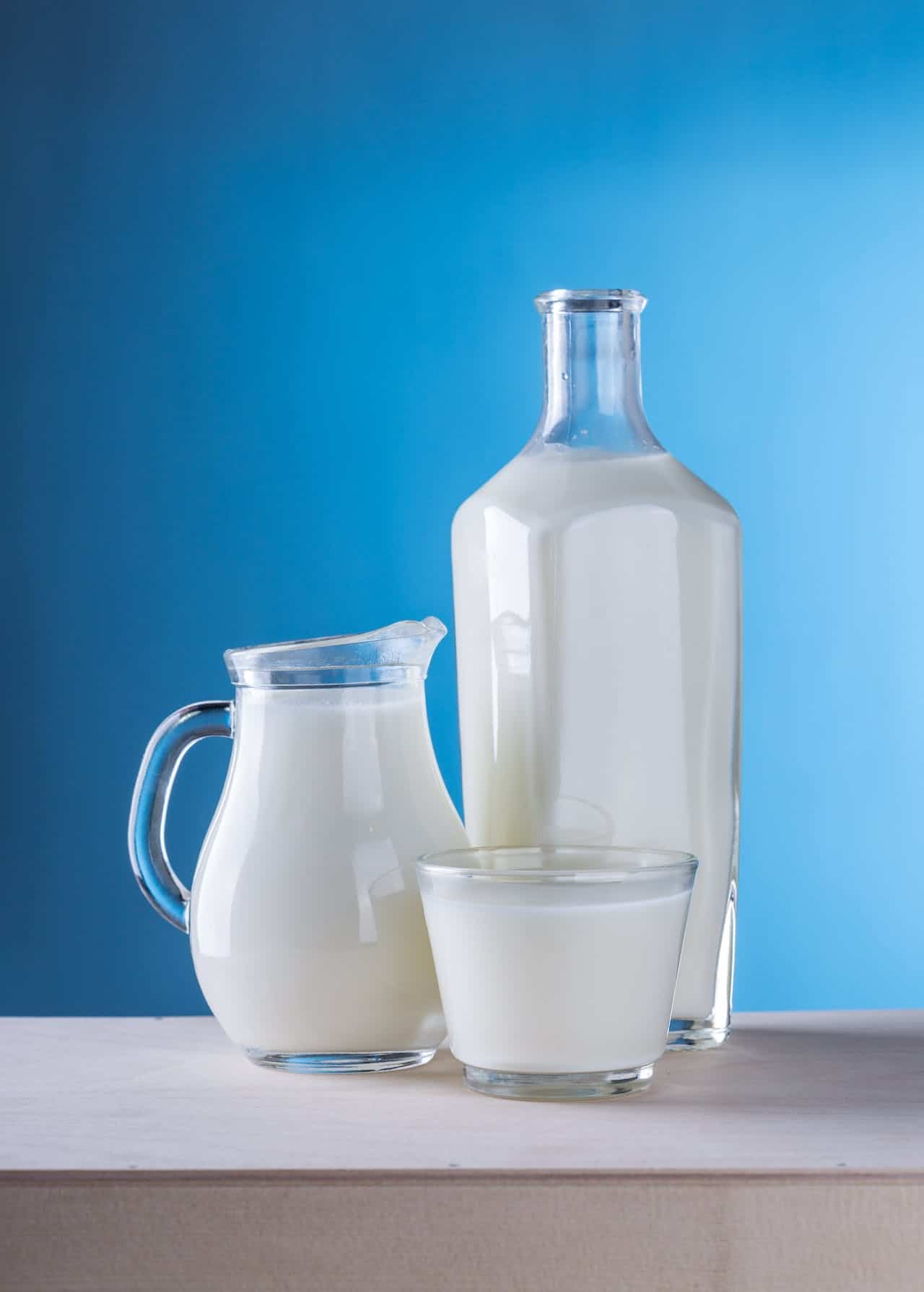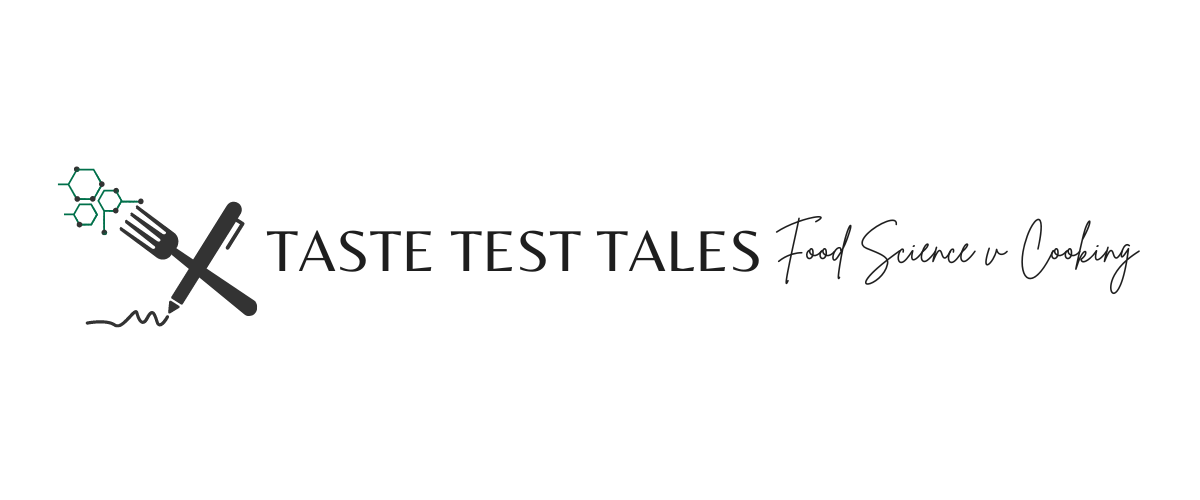
19 Dec Shelf Life: Once Opened, Use Within “7” Days
When it comes to food, understanding expiration dates and shelf life is crucial to ensure both safety and quality. We’ve all encountered those confusing labels on food packaging – “Use By,” “Best By,” “Sell By” – but what do they really mean? Why do some products recommend using them by a certain date, even though the shelf life is much longer? In this article, we will delve into the world of expiration dates, decode the different types, and explore the concept of what truly never expires when it comes to bacteria growth and rancidity. So, let’s embark on a journey of learning and discovery to become savvy food enthusiasts!
The Different Types of Expiration Dates
When you wander down the aisles of a grocery store, you’ll notice a variety of expiration date labels on food products. Understanding these labels is essential for making informed decisions about food safety and quality. Let’s explore the different types of expiration dates commonly found on packaging:
1. Use By/Best By Dates
One of the most common types of expiration dates you’ll encounter is the “Use By” or “Best By” date. These dates indicate when the food is at its peak quality and flavor. It is important to note that these dates are not safety dates, but rather suggestions for the best taste experience. Consuming food after the “Use By” or “Best By” date doesn’t necessarily mean it will make you sick, but you should evaluate the quality of the food yourself. However, it’s crucial to follow the “Use By” date on infant formulas for safety reasons.
2. Sell By Dates
The “Sell By” date is not a safety date but rather a guideline for retailers. It helps them determine how long an item should remain on the shelf for optimal freshness. According to the Institute of Food Technologists (IFT), one-third of a product’s shelf life remains after the “Sell By” date for consumers to use at home. So, if you come across a product past its “Sell By” date, it doesn’t necessarily mean it’s unsafe to consume. Evaluate the quality before making a decision.
3. Freeze By Dates
Freezing is an excellent way to extend the shelf life of certain foods. The “Freeze By” date on packaging indicates when a product should be frozen to maintain peak quality. It is not a safety or purchase date. Freezing halts bacterial growth, preserving the food’s flavor and texture. However, keep in mind that while frozen foods are safe indefinitely, the quality may deteriorate over time. So, it’s important to consume them within the recommended time for the best taste experience.
The Mystery of Shelf Life vs. Opened Dates

You may have noticed that some food products recommend consuming them within a certain number of days after opening, even though the shelf life is much longer. This can be perplexing and often leads to unnecessary food waste. Let’s unravel this mystery and understand why packaging recommends these “use by” dates after opening.
When a food product is opened, it becomes exposed to air, moisture, and potential contaminants. This exposure can accelerate the growth of bacteria and other microorganisms, leading to spoilage and potential foodborne illnesses. Even though the shelf life of the product may be longer, the quality and safety can deteriorate once the packaging is opened.
Packaging often recommends consuming the product within a specific timeframe after opening to mitigate these risks and ensure optimal freshness and safety. While it’s true that some foods may still be safe to consume beyond these recommended dates, it’s essential to evaluate the quality and rely on your senses. If the food exhibits any signs of spoilage, such as an off odor, flavor, or texture, it’s best to discard it.
Foods That Never Truly Expire

While most perishable foods have a limited shelf life, there are a few exceptions that seem to defy the passage of time. These foods, under the right conditions, can last indefinitely without posing any health risks. Let’s discover the fascinating world of foods that never truly expire:
1. Honey
Honey, a natural sweetener cherished for centuries, has an incredible ability to resist spoilage. Due to its low moisture content and acidic pH, honey creates an inhospitable environment for bacteria and other microorganisms. Archaeologists have even discovered pots of honey in ancient Egyptian tombs that are still perfectly edible! So, if you find a jar of honey in the back of your pantry that’s been there for years, rest assured that it’s safe to consume.
2. Salt
Salt, a staple in virtually every kitchen, is another food that doesn’t expire. This essential mineral has been used for centuries as a preservative due to its ability to draw moisture out of food, inhibiting bacterial growth. As long as salt is stored in a dry environment, it will remain safe and usable indefinitely. So, that box of salt sitting in your cupboard can continue to season your meals for years to come.
3. Rice and Dried Pasta
Rice and dried pasta are pantry staples that have an impressive shelf life. These dry, starchy foods have very low moisture content, making them inhospitable environments for bacterial growth. As long as they are stored in airtight containers in a cool, dry place, rice and dried pasta can last for years without any significant quality degradation. So, that bag of rice you forgot about at the back of your pantry? It’s still good to go!
4. Vinegar
Vinegar, a versatile ingredient used in cooking, cleaning, and even beauty routines, has excellent preserving properties. Its high acidity level inhibits the growth of bacteria, molds, and yeasts. As a result, vinegar has an indefinite shelf life and can be safely consumed even after years of storage. From apple cider vinegar to balsamic vinegar, these tangy liquids will remain a pantry staple for a long time.
Conclusion
Understanding expiration dates and shelf life is essential for maintaining food safety and quality. Whether it’s deciphering the different types of expiration dates or knowing why some products recommend using them by a certain date after opening, knowledge is power. Remember, while some foods may last beyond their expiration dates, it’s crucial to evaluate their quality and rely on your senses. And don’t forget about those fascinating foods that never truly expire, like honey, salt, rice, and vinegar. So, next time you’re navigating the aisles of the grocery store or organizing your pantry, you’ll have the confidence to make informed choices and reduce food waste. Happy exploring and enjoy your culinary adventures!
Additional Information: Packaging for food products recommends using them by a certain date after opening to ensure optimal freshness and safety. Once a product is opened, it becomes exposed to air, moisture, and potential contaminants, accelerating bacterial growth and spoilage. While the shelf life of a product may be longer, the quality and safety can deteriorate after opening. Evaluating the quality and relying on sensory cues is crucial in determining whether a food is still safe and enjoyable to consume.


No Comments